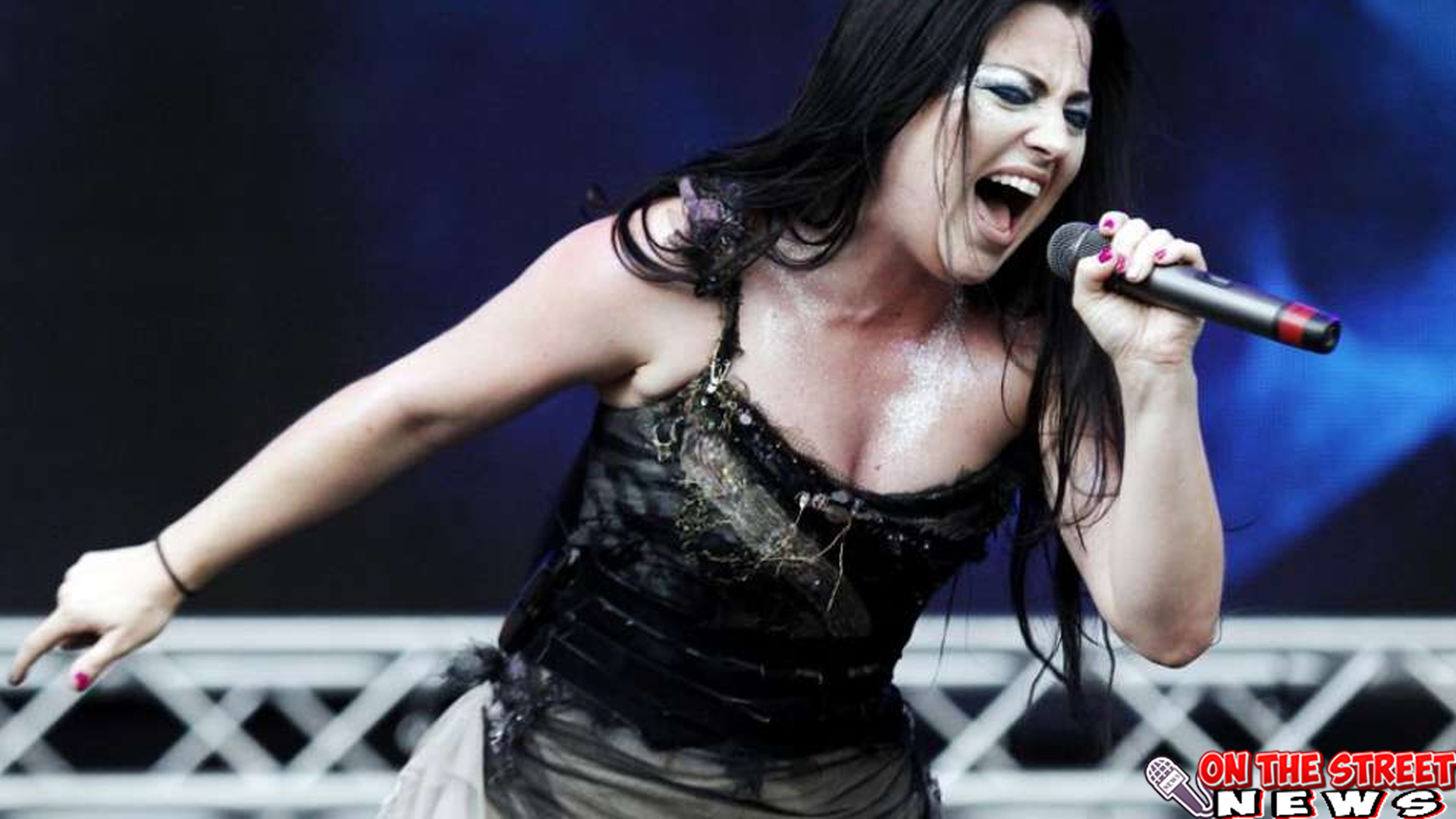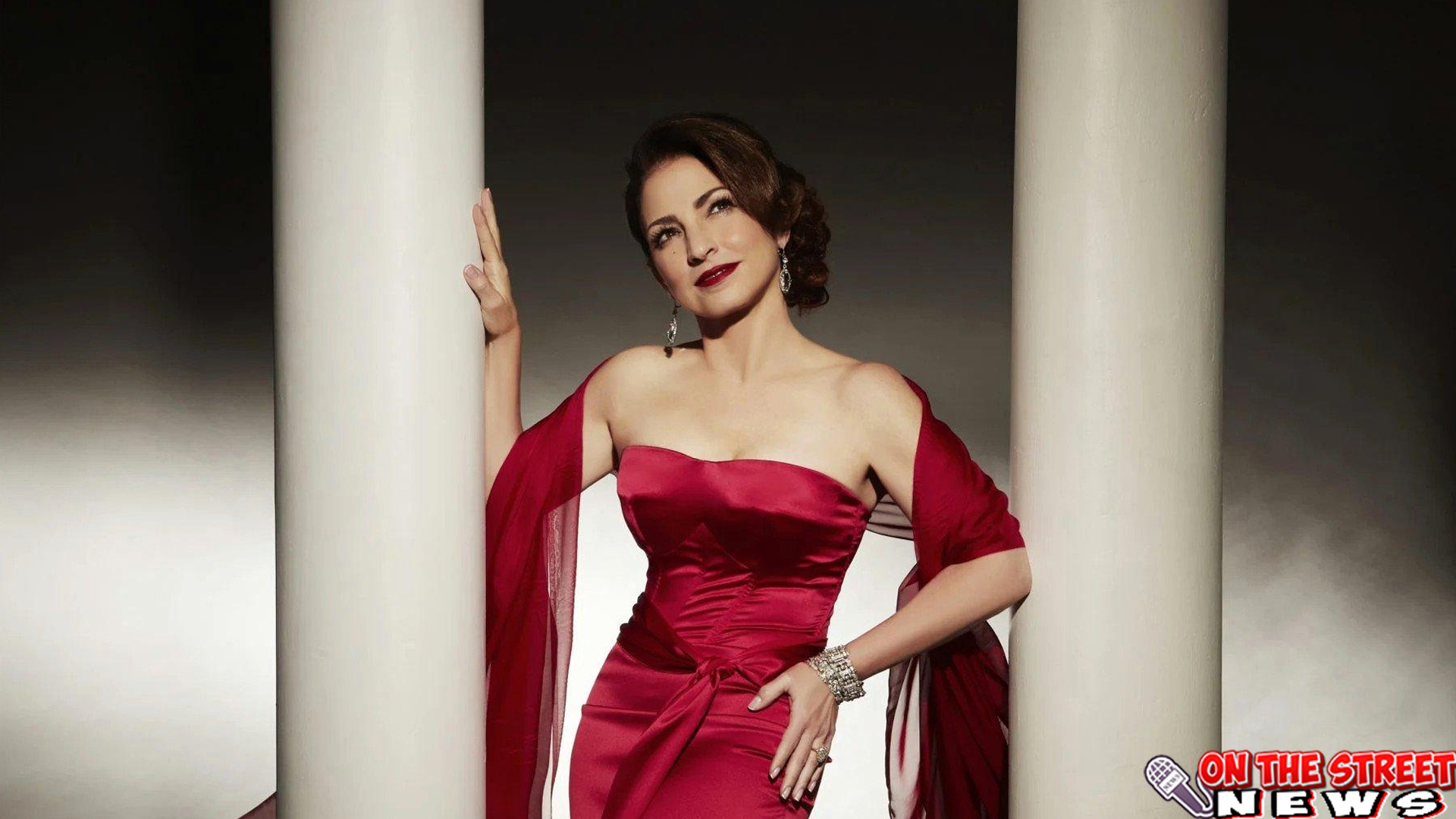On The Street News – thegardenbarnhouse.com – Kalau Suara Bisa Menyihir Amy Lee Udah Penyihir Tertinggi! Di tengah riuh musik dunia yang kadang terlalu repetitif, […]
Game Slot Online Cash Patrol Buru Hadiah Tanpa Ampun!
thegardenbarnhouse.com – Game Slot Online Cash Patrol Buru Hadiah Tanpa Ampun! Kalau biasanya polisi nangkep penjahat, di Cash Patrol, justru kamu yang jadi “penegak hukum” […]
Afgan Si Penyanyi Kalem yang Suaranya Gak Main-Main!
On The Street News – thegardenbarnhouse.com – Afgan Si Penyanyi Kalem yang Suaranya Gak Main-Main! Dari banyak penyanyi solo cowok di Indonesia, nama Afgan selalu […]
Slot Online Resmi Panasnya Ledakan Simbol Phoenix Forge!
thegardenbarnhouse.com – Slot Online Resmi Panasnya Ledakan Simbol Phoenix Forge! Pernah kebayang ada tempat rahasia yang di jaga sama burung api legendaris? Bukan dongeng, bukan […]
Sara Fajiraa Penyanyi Legendaris yang Tak Pernah Pudar!
On The Street News – thegardenbarnhouse.com – Sara Fajiraa Penyanyi Legendaris yang Tak Pernah Pudar! Sara Fajiraa, nama yang sudah begitu melekat dalam ingatan para […]
Slot Rtp8000: Koi Pond Kolam Penuh Rezeki dan Hoki!
thegardenbarnhouse.com – Slot Rtp8000: Koi Pond Kolam Penuh Rezeki dan Hoki! Di balik gemericik air dan riuhnya kehidupan bawah air, terdapat sebuah permainan yang tidak […]
Gaya Awet Muda Yuni Shara, Bikin Publik Makin Kagum!
On The Street News – thegardenbarnhouse.com – Gaya Awet Muda Yuni Shara, Bikin Publik Makin Kagum! Yuni Shara, siapa yang tidak kenal dengan sosok penyanyi […]
Slot Deposit OVO: Menangkan Hadiah di Demon Pots!
thegardenbarnhouse.com – Slot Deposit OVO: Menangkan Hadiah di Demon Pots! Siapa yang bilang bahwa dunia slot hanya milik mereka yang beruntung saja? Slot Deposit OVO: […]
Gloria Estefan: Legenda Musik Latin Menggebrak Dunia!
On The Street News – thegardenbarnhouse.com – Gloria Estefan: Legenda Musik Latin Menggebrak Dunia! Di dunia musik, ada beberapa nama yang tak hanya meninggalkan jejak, […]
Egyptian Fortunes Slot Gacor Hari Ini dengan Hadiah Menarik!
thegardenbarnhouse.com – Egyptian Fortunes Slot Gacor Hari Ini dengan Hadiah Menarik! Jika kamu mencari permainan slot yang tidak hanya menghibur, tetapi juga bisa membawa pulang […]










